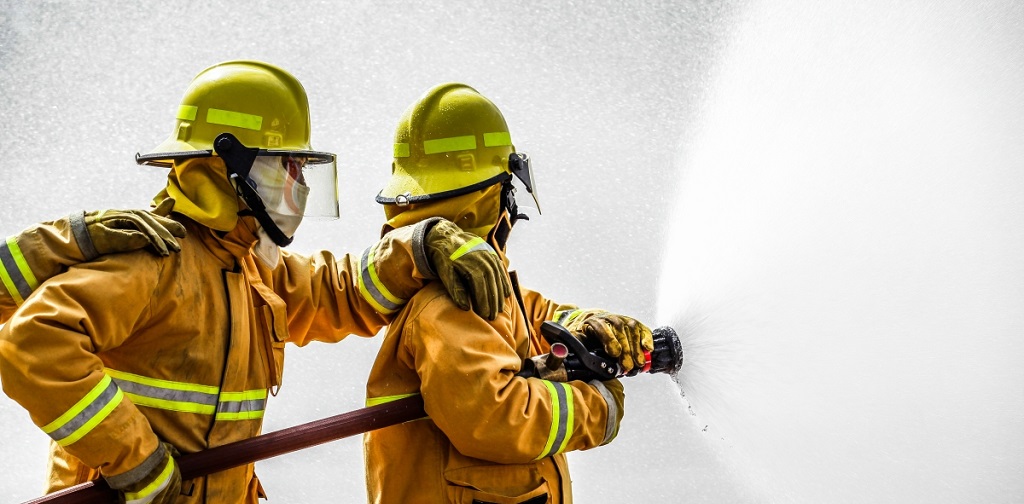Responsibilities of a Firefighter

Protecting people and property from fires, accidents, and emergencies is the responsibility of a fireman. They also work to raise awareness of fire safety in their community. Firefighters often work 24-hour shifts to ensure an entire team is present during an emergency. They could also work overtime or on weekends to keep their neighborhood secure.
Responding to Emergency Calls
Responding to emergency calls is an integral part of a firefighter’s job. These calls can come in any time of day or night and must be handled quickly. A lot of our calls involve medical issues, and firefighters often need to provide basic first aid until an ambulance can arrive on the scene. They may administer cardiopulmonary resuscitation (CPR), comfort and reassure, or assist with medical equipment or procedures such as clearing airways, giving intravenous fluids, medicines, etc. Our firefighters know that if they can get to the scene of a cardiac arrest or severe injury within four minutes, a patient’s chance for survival is much higher. They are also trained to administer life-saving techniques such as defibrillation and drugs that restart a heart. They learn the fundamentals of firefighting with the firefighter certification Texas. It entails studying the history of the fire service, firefighter safety, PPE, fundamental rescue techniques, and fire behavior.
Providing Emergency Medical Services
Emergency medical services (EMS) are a vital component of prehospital care and the transport of patients to the hospital. EMS encompasses 9-1-1 dispatch, ambulance response, and medical triage to patients needing immediate care. Despite their work’s stress and sometimes dangerous nature, EMS personnel are the backbone of emergency care. They make crucial judgments on the care of patients using their expertise and knowledge. They can also provide preventative and follow-up care for those who may not require a trip to the emergency room.
Fighting Fires
Firefighters are trained to use their skills and equipment to extinguish a fire. Some techniques include suffocating the fire with water, which displaces the oxygen from the combustible materials and prevents new flames from forming. Fires can also be prevented by using control lines that divide the land and make it harder for them to spread. They can also be controlled by removing vegetation with machinery or by grazing animals. There are various ways to put out a fire, but the most crucial is ensuring it doesn’t spread to any surrounding structures that might sustain harm. Ensuring the space is free of flammable materials like plants or trees is one approach to regulating how much fuel a fire consumes.
Preventing Fires
Firefighters work to prevent fires by reducing the fuel available to ignite them. They also help to control wildfires that have already started by suppressing them. Many fire departments have fire prevention divisions that work with the public to teach fire safety. These firefighters visit schools and daycare centers to teach children about smoke detectors, properly exiting a building and other important fire safety tips. They may also conduct tours of their fire trucks. They often don their bunker gear to show children what it looks like inside a firehouse and highlight arson’s dangers.
Educating the Public
While many think of firefighters as only responding to emergency calls, these professionals also play a crucial role in their communities. They educate the public about fire safety, helping to keep them and their homes safe from fires. They provide a variety of training programs to help individuals understand the importance of fire safety and preventative measures. They also educate the public about rescue procedures and safely escape a fire. Educating the public about fire safety reduces the risk of fires and saves lives. It also reduces firefighters’ risks when rescuing trapped citizens or fighting hazardous fires.
